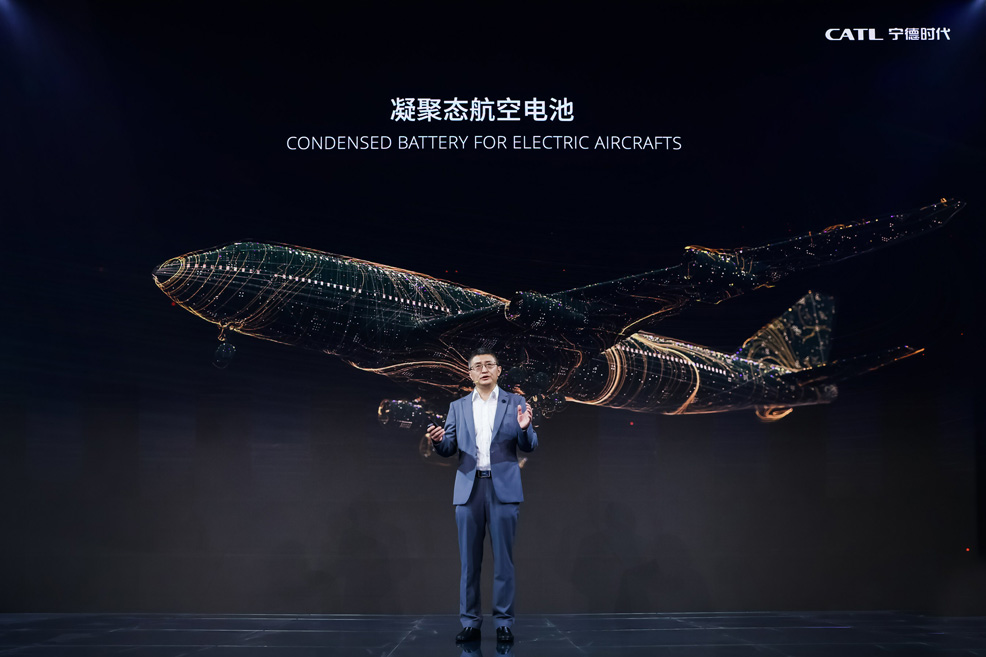April 11, 2023 by Brian Wang
https://www.nextbigfuture.com/2023/04/p ... eries.html
The lithium-air battery has the highest projected energy density of any battery technology being considered for the next generation of batteries beyond lithium-ion. The Argonne Lab team’s lithium-air design is the first lithium-air battery that has achieved a four-electron reaction at room temperature. It also operates with oxygen supplied by air from the surrounding environment. The capability to run with air avoids the need for oxygen tanks to operate, a problem with earlier designs.
